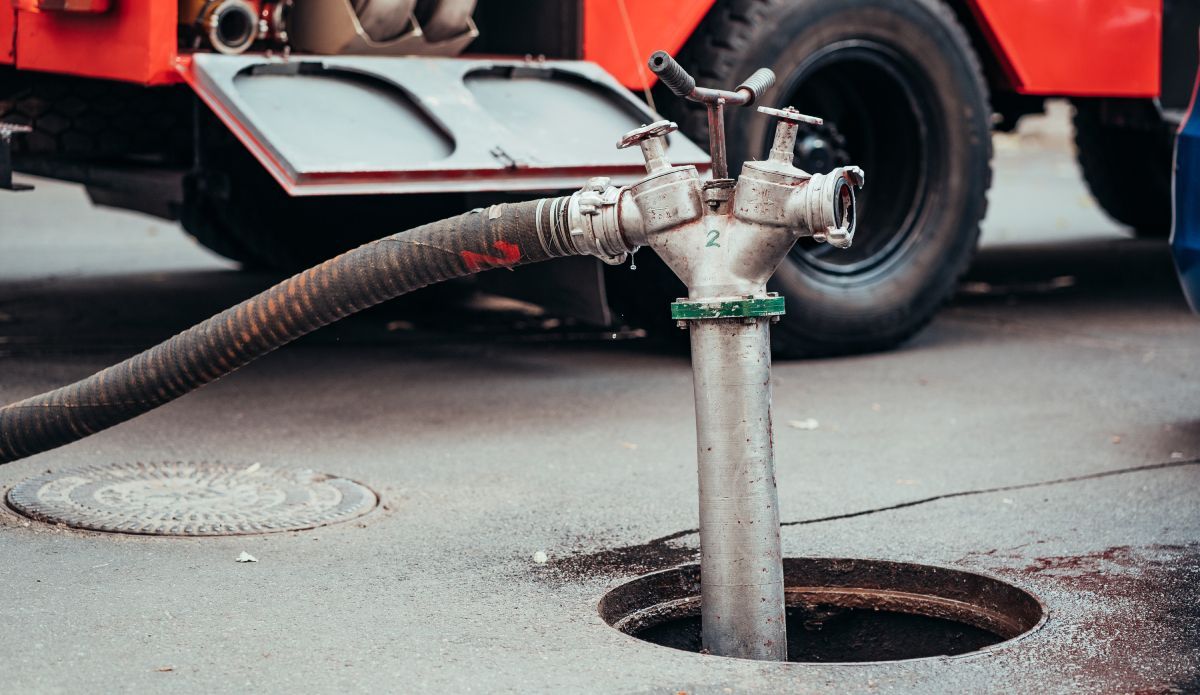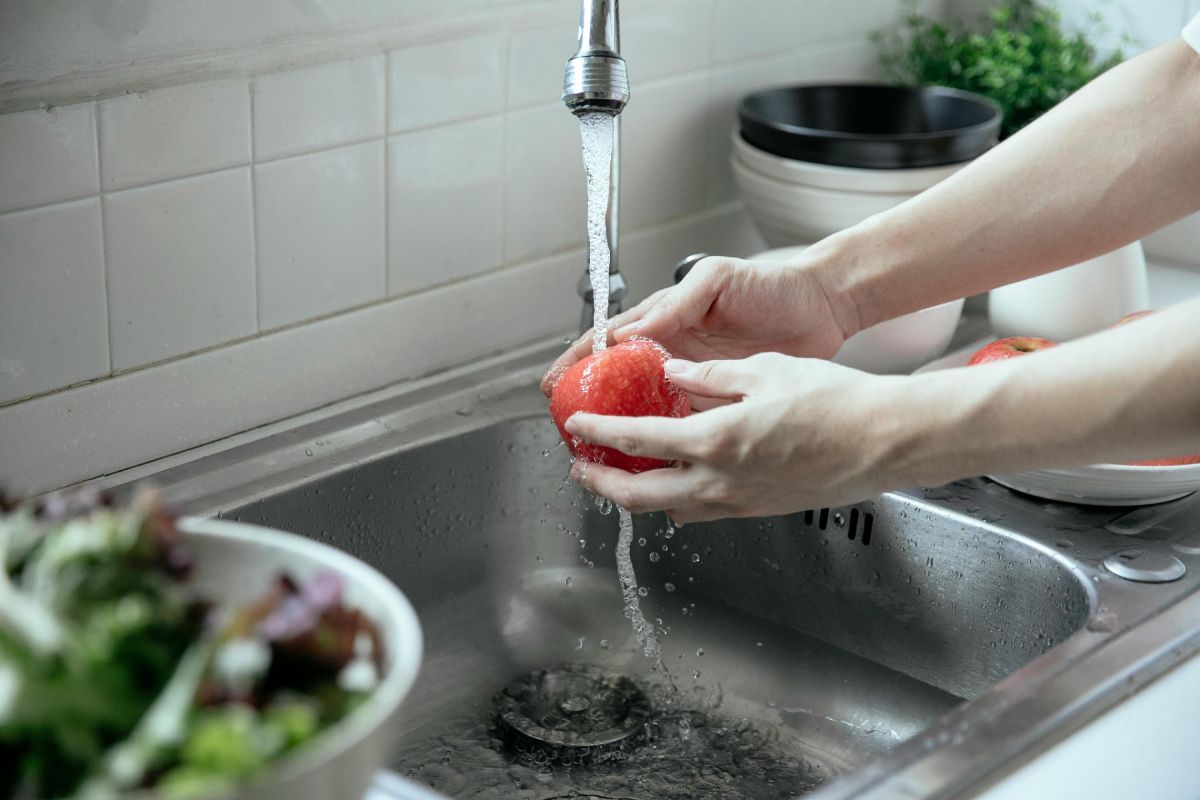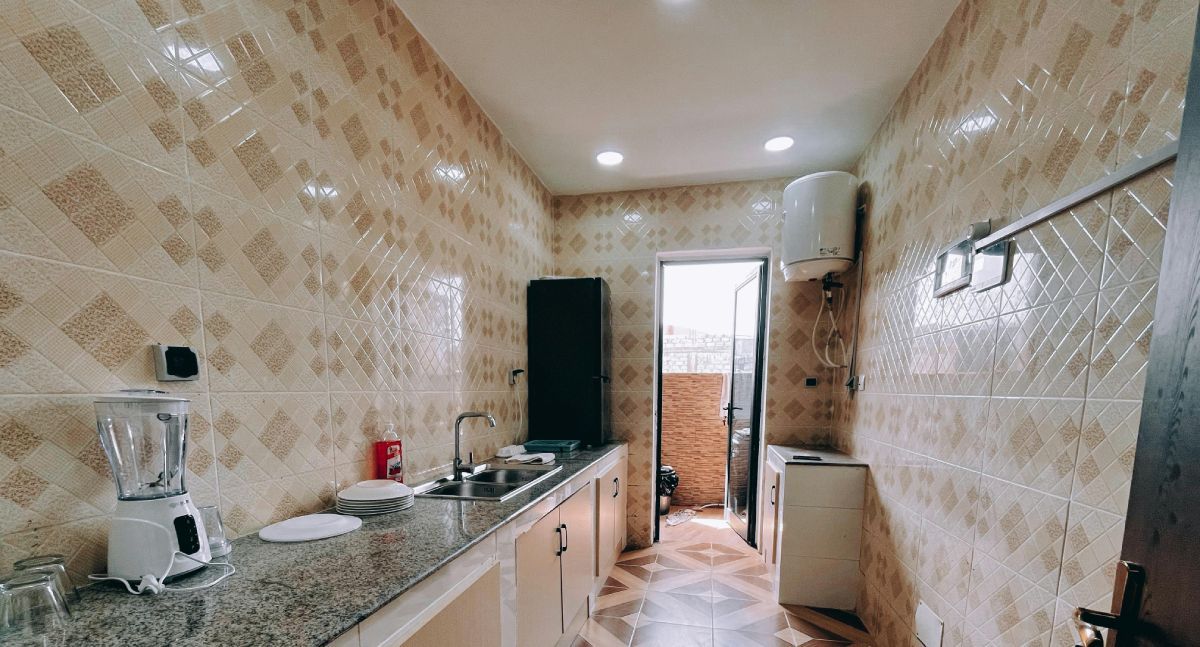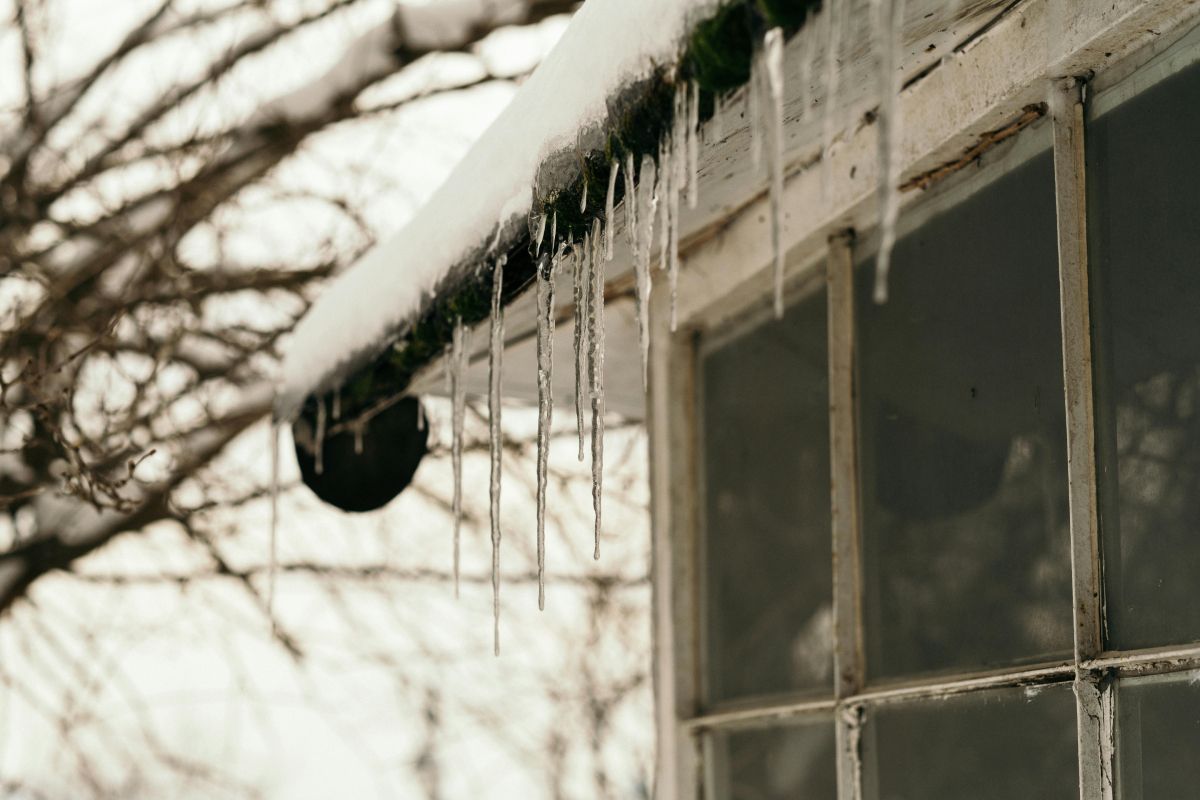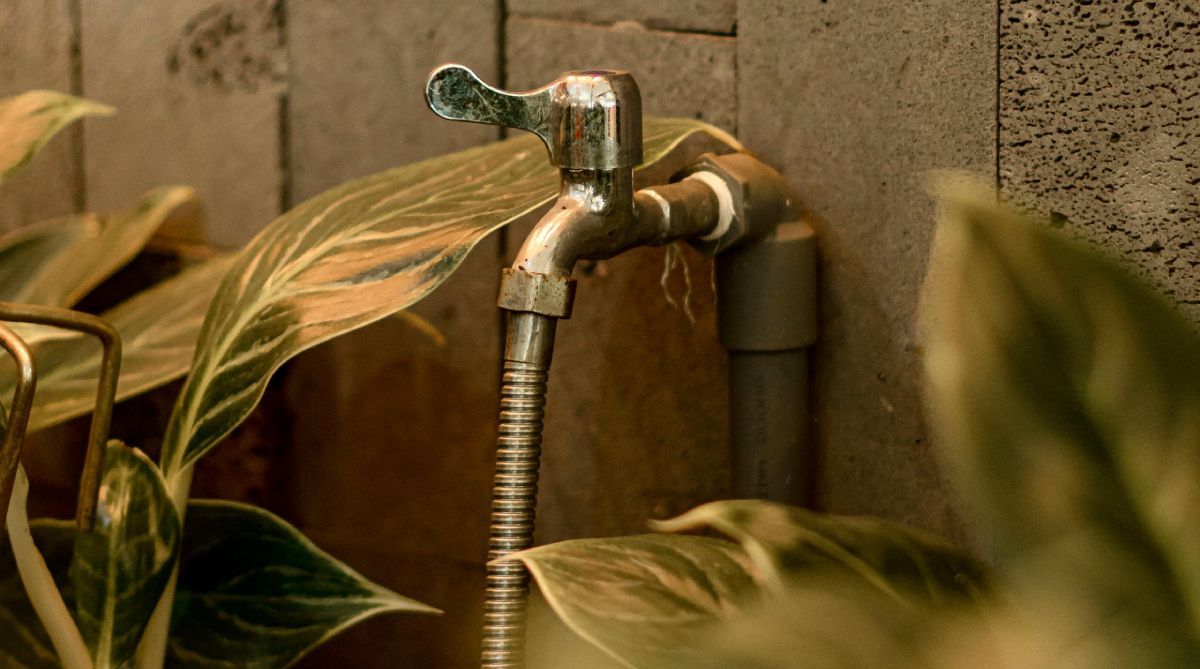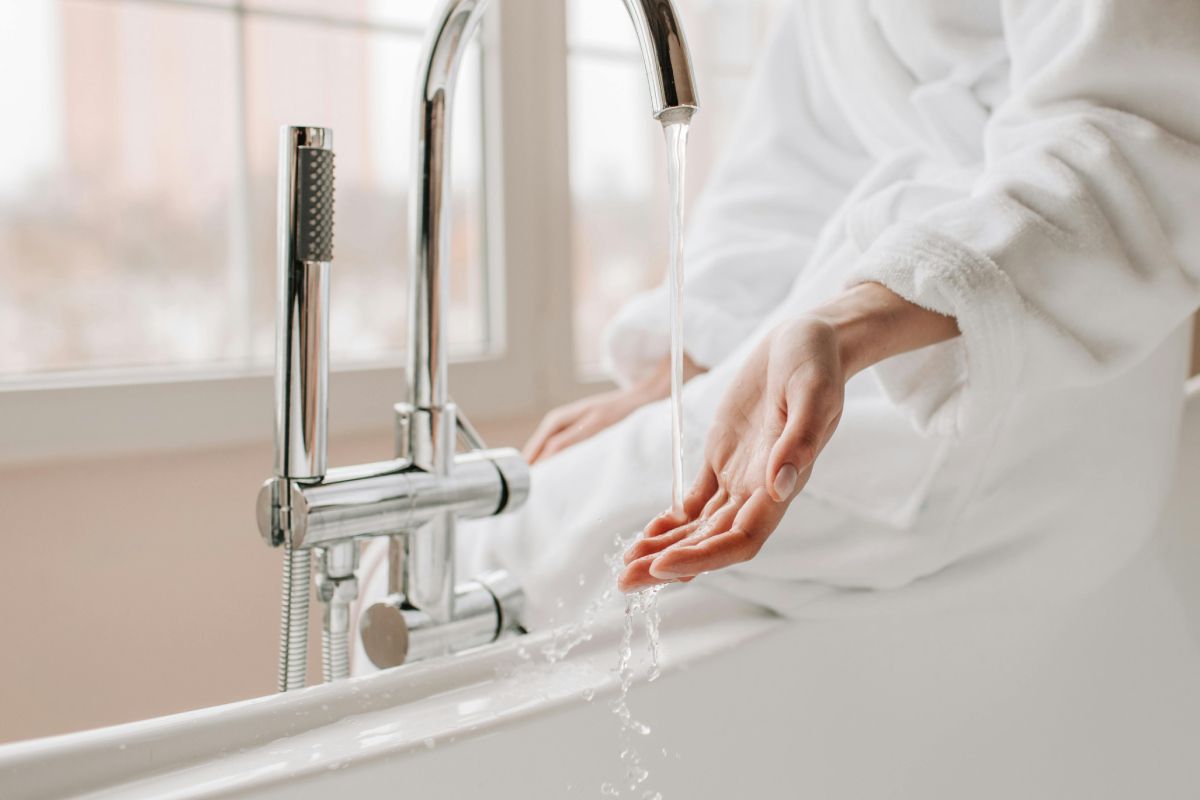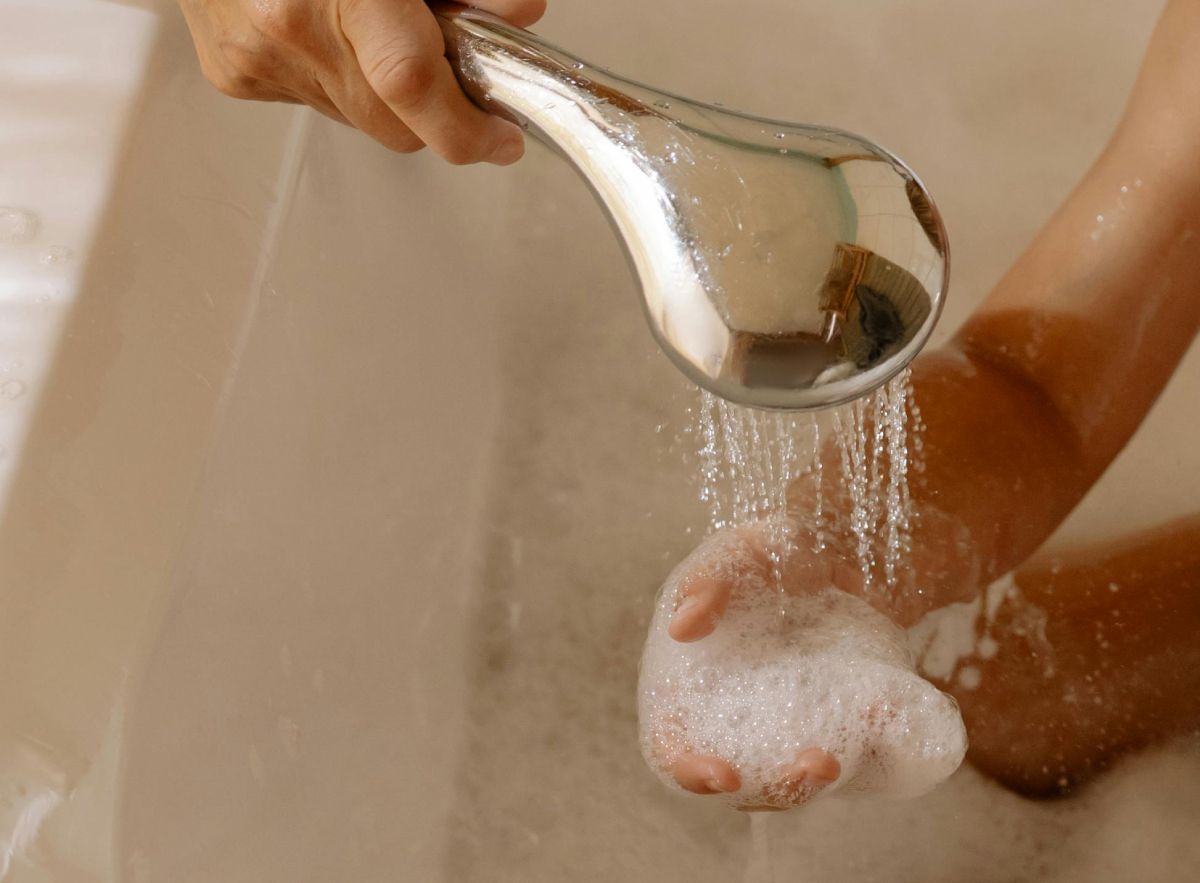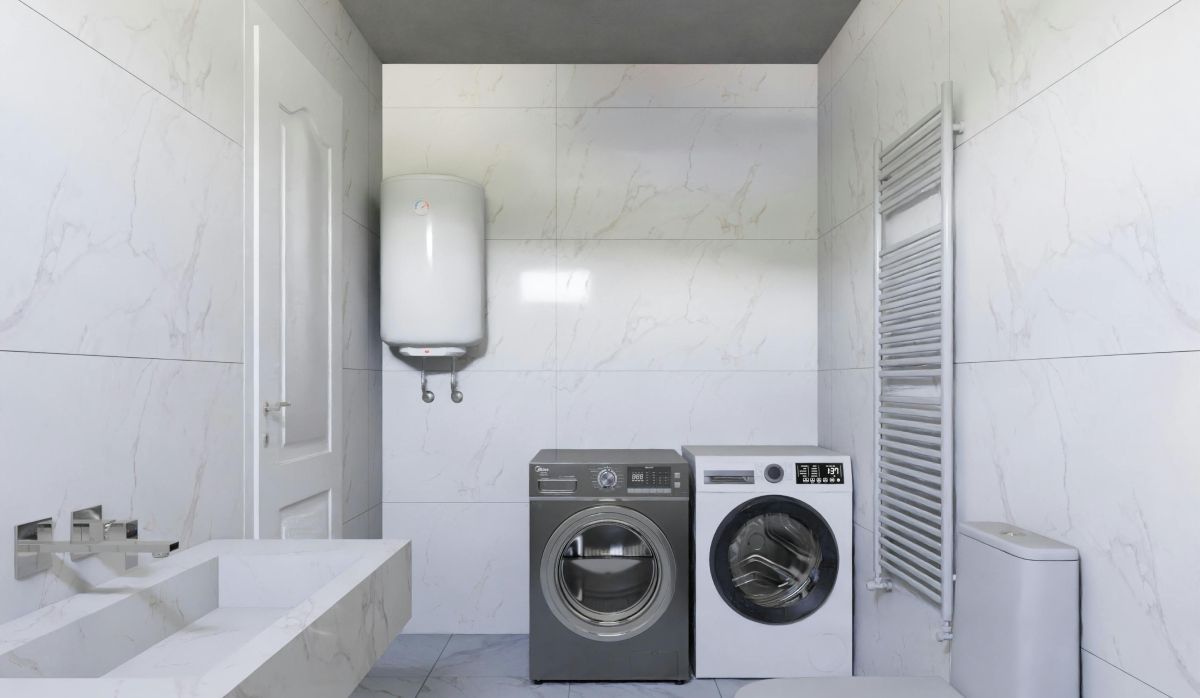Master Plumbers Blog
Running Toilet: Causes, DIY Fix, and Preventions
Until a problem arises, you are unaware of how much you depend on plumbing. There will inevitably be some plumbing issues as your house matures.
Some of those problems are manageably straightforward and can be solved by a DIY fix. Some might be dangerous, so it's best to leave them to the experts. It is easier to determine when to go for your tool belt and when to hire a plumber if you are familiar with the fundamental plumbing issues and their fixes.
Running Toilet
A running toilet is one of the most problematic toilet plumbing issues. The toilet is still functional but keeps running, wasting water and making a loud noise.
Causes
When the toilet's internal mechanisms stop functioning correctly, this frequently results in a toilet that runs continuously. If the flapper valve no longer fits correctly, water might frequently flow through it.
A leak, a loose fill tube, and an unbalanced float are potential culprits. Use food colouring to check the tank for leaks. Check the bowl after approximately 20 minutes to determine whether a leak allowed the colour to go into the water.
DIY Fix
Tools:
- Cutting pliers
- Pliers
- Rubber gloves
Materials:
- Replacement fill valve
- Toilet flapper
What to do:
- Examine each component to identify the issue.
- Check if the fill tube, a small, flexible tube within the tank, is still attached and pointed toward the overflow tube.
- To guarantee that the fill valve shuts off properly, adjust the float. The tank's water level is managed via a float with variable height. A float set too low results in a weak flush; a float set too high causes water to overflow into the toilet's overflow tube and prevents the fill valve from closing.
- Find the fill level mark on the inner rear of the tank and mark it on the overflow tube of the toilet so you can see it more clearly to fix a toilet that won't flush. Measure down approximately 1 inch if you can't locate it.
- Put a mark on the overflow tube. Check if the water reaches that point and stops when you flush the toilet. If not, move the toilet tank float up or down to stop the continuous flushing.
- Check the chain linked to the flapper to ensure it is the correct length and is not knotted or tangled up. If the chain is too short or knotted, the flapper won't be able to close, and water will keep dripping into the bowl. As a result, the fill valve cycles on and off, filling the tank.
A lengthy chain or a flush rod that strikes the tank lid will prevent the flapper from opening far enough to remain open for the whole flush. You'll need to keep the lever held to accomplish a thorough flush. - If straightforward changes are unsuccessful, all of the internal tank components may need to be replaced. Toilet repair kits are commonly available in home improvement stores and suit conventional models. For a comparatively simple installation, follow the instructions.
Check this related article out:
Easy Fix: How to Unclog your Toilet Using Home Remedies
Prevention
While you can't usually avoid this sort of toilet problem, you can frequently check the parts to ensure they're all in good working order.
When to Seek Professional Help
If you repair the tank's toilet parts, but the running continues, you might require a plumber.
Mains Plumbers - Your Trusted Master Plumbers in Dunedin
Dunedin plumbing simplified and on time since 1947. With decades of industry experience, Mains Plumbers always diagnose your plumbing woes and fix them in a quality and time-sensitive manner. Contact us today.
Read more:
DIY or Hiring A Professional: Which One’s For You


